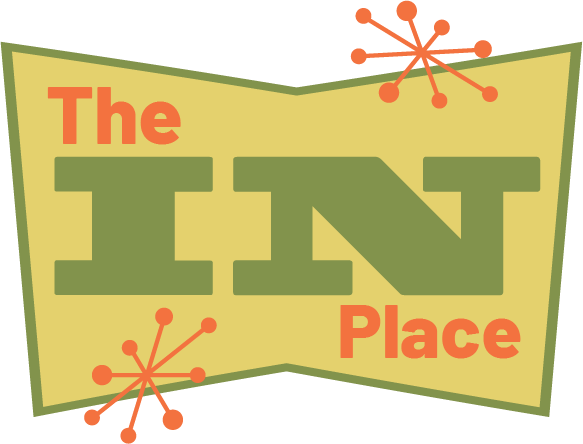Mind Mapping, Part V: Making my own system
At some point I realized that I needed to combine these two disparate ideas in to one process. Since then, I have started with a Mind Map. I think of it as “throwing up my ideas” without rhyme, reason, structure, or too much thought. I use a big piece of paper (if I’m not using the computer at this point) and make the bubbles without any connections or lines at first. This is beautiful for many reasons. I can get my ideas out super quickly without worrying I’ll forget the next one while I’m overthinking the last one. I don’t need to decide in the moment if an idea makes the cut or not. And, there’s no considerations for ordering them. Once all the ideas are out, I start drawing arrows, crossing out the ideas that (though good) aren’t necessary to prove my thesis, and numbering the topics. The numbering is the key step that no one taught me when they introduced the “spidergram.” This is where the working memory deficit is most compensated for. And, I can attest to how important it is. To this day, I can’t look at that Mind Map and put all the topics in order the first time. (In hand written form) I always end up missing something in the sequence and having to go back to add in… which is easy when you are numbering bubbles, and very hard when you’ve already written 3 pages and realize you’ve missed an important point. But, back to the numbered Mind Map… At this point it is cluttered and crazy, but there is an order to it. The bright red numbers next to each bubble tell me what’s first, next, etc. But, it’s not so pretty to look at and still pretty bare bones. So, that’s…
